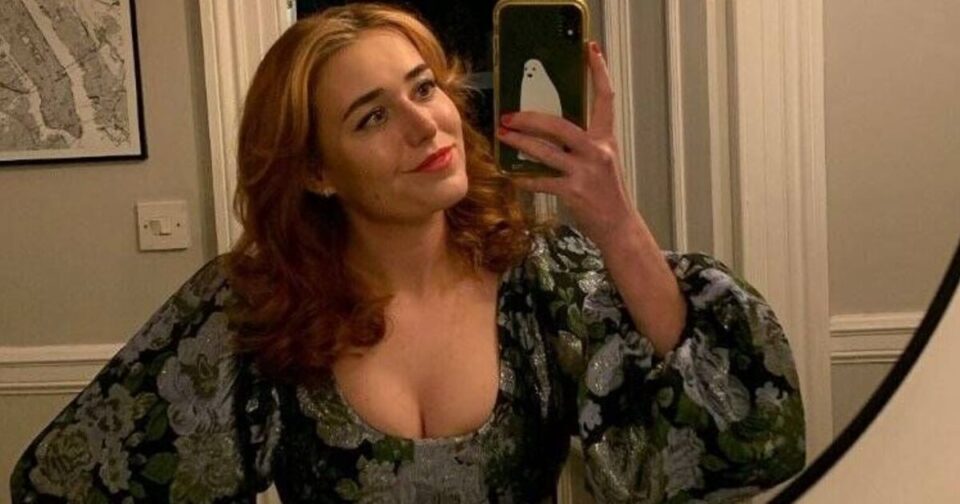As the New Year approaches, many individuals will be making resolutions to declutter their homes and embrace a more minimalist lifestyle.
Over the past year, I’ve been on a similar journey, striving to eliminate old items that were merely occupying valuable space in my cupboards.
One of the primary areas I focused on during my decluttering mission was my wardrobes. I have a bad habit of clinging onto clothes long after I’ve stopped wearing them – either because I harbour hopes of slimming down enough to fit back into dresses I’ve owned since my teenage years, or due to sentimental attachments to garments that are well past their prime.
However, with a new baby and our terraced house bursting at the seams, it was crucial that I succeeded in decluttering. That’s when I discovered Vinted, a second-hand selling app that allows sellers to list their old items and dispatch them without any fees.
The buyer covers all postage and insurance costs, and there’s no cap on the quantity you can sell via the app. Over the past year, I’ve made an astonishing £533 by selling my old clothes on Vinted, which provided a much-needed financial boost during my maternity leave.
I’m thrilled with the amount I’ve earned through the app – but my side hustle almost hit a roadblock before it even began, all due to one challenging lesson I had to learn, reports Liverpool Echo.
I initially priced my items on the app based on what I paid for them and their perceived value. However, this was a mistake.
Vinted provides a feature that displays the selling price of similar items on the app, offering guidance on how to set your prices. The suggested prices for some of my items left me shocked.
Designer pieces in excellent condition were being sold at absurdly low prices, and it felt wrong to part with such high-quality items for such a measly sum. I listed my items at the prices I believed they deserved, and staunchly refused any offers from buyers proposing a lower price.
Consequently, my items remained unsold on the app for months because I was too obstinate to reduce my prices. It took some time for me to understand that just because an item had a certain retail price doesn’t mean you can expect to receive that as a reseller.
Ultimately, if items are just sitting in your wardrobe unworn and unsold, they’re worth nothing. So, I finally decided to put aside my pride and list my items at the prices suggested by the app.
Immediately, I saw a surge in sales and my Vinted balance began to grow.
Some of the prices I’ve managed to sell items for are, frankly, absurd, with products listed for as little as £1 on my profile.
However, these small sales accumulate gradually, and if you retain the balance in your Vinted account until you reach a target amount, you’ll see a significant difference when you finally cash out.
There have been some sales that have truly pained me – including a Harrods scarf with an RRP of £30, still tagged, which sold for £10, and a Sister Jane dress that cost me over £100, sold for £20.
But every time I cringe at the price I’m listing a cherished item for, I remind myself that it’s simply worthless sitting in my cupboard, and I need to reconcile with the price-per-wear I’ve had for the item.
One of the reasons I adore Vinted as a buyer is because I can snag some fantastic items at a bargain price – and I just need to accept that this remains true as a seller. People use the app to find a bargain, so I should provide them with one.
